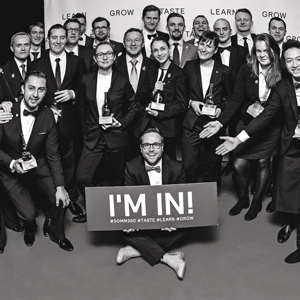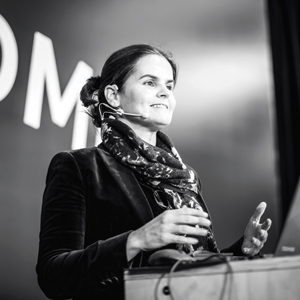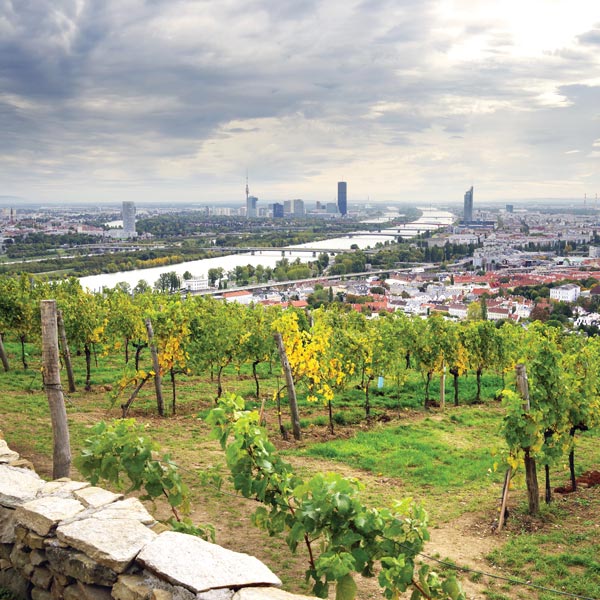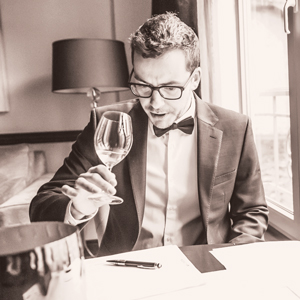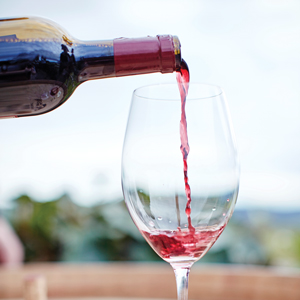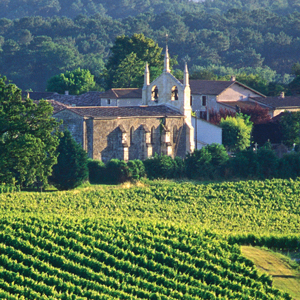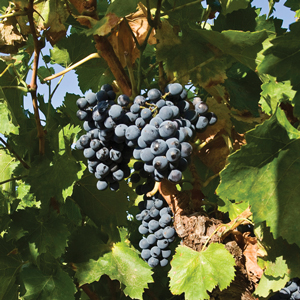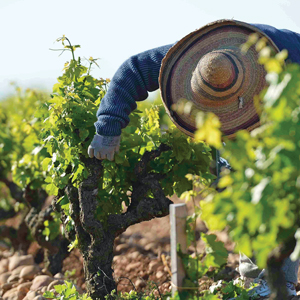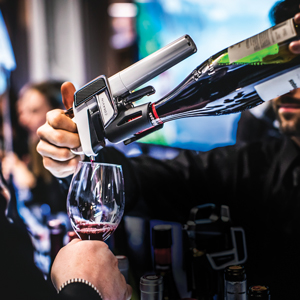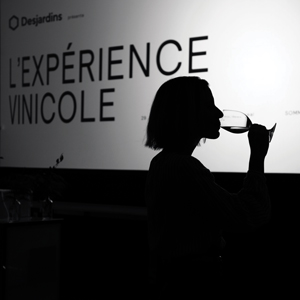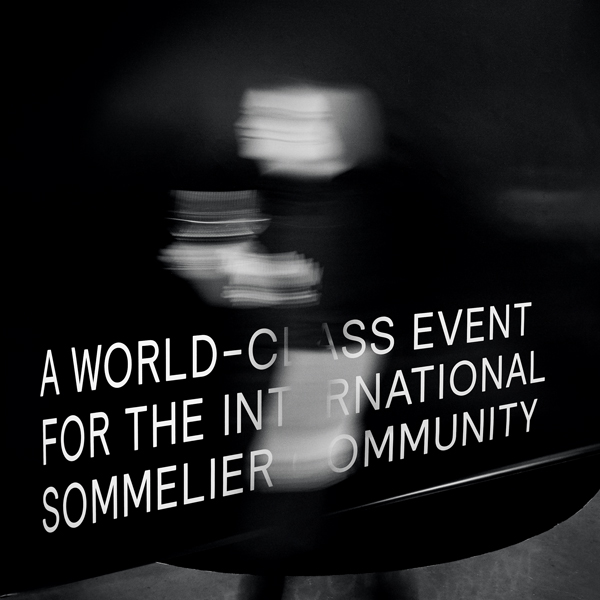SOMM360 is a platform for every sommelier seeking perfection through continuous education and training for competition.
Get the latest info about Somm360
© 2018 SOMM360


The Empire of Garnacha
The people of the Campo de Borja region of Spain have maintained an enduring love story with Garnacha, the iconic grape variety so deeply rooted in the culture of the region.
“The Cierzo wind makes it easier for the wineries to practice sustainable agriculture. We don’t need pesticides, because the wind keeps insects away and reduces the risk of botrytis and fungus.”
—Inigo Alberto
OThey came from the heartland of Garnacha to tell their story at SOMM360. Inigo Alberto, of Bodegas Borsao and Bodegas Alto Moncayo, was accompanied by the wineries’ American ambassador, Keith Ross, to tell the 300 industry professionals about the renaissance of the Garnacha varietal in its own indigenous terroir.
GARNACHA’S FIRST HOME
Garnacha is believed to be indigenous to the region and has been grown in Aragón, in northeastern Spain, since the 12th Century. The area around Borja, a town nestled between the Moncayo Massif to the southwest and the Ebro Valley to the north, is considered the heartland of Garnacha. It is from there that the variety is believed to have spread to other vineyards around the world. Today Garnacha, or Grenache as it is also known, is one of the most widespread red grape varieties in the world.
Inigo Alberto says this is a good thing. “Wine professionals [like those gathered at SOMM360] see Garnacha’s full potential precisely because it is so chameleon-like, allowing vintners to make very different wines, depending on where in the world they are produced.” He explains that since it is native to this region, with its particular terroir and climate, Garnacha thrives in the area known as Campo de Borja, allowing oenologists to create wines with unique personalities that are especially food-friendly.
Bodegas Borsao and Alto Moncayo
The work done by the Borsao and Alto Moncayo wineries mirrors the renaissance of the region’s varietal. “For years, Garnacha was considered to be a workhorse in the vineyards, difficult to vinify and suited mainly for blending,” explained Keith Ross. “But, for a generation now, Bodegas Borsao and Bodegas Alto Moncayo have helped transform Garnacha into a noble variety that can stand on its own.”
Bodegas Borsao S.A. was founded in 2001 by the cooperatives of Pozuelo, Tabuenca and Borja and three local savings banks. Nowadays, Borsao works with 375 growers who provide grapes from 2,260 hectares of vineyards controlled by Borsao grown on the northern slope of the Moncayo Massif. “In 2000, when we opened our new winery facilities, we were able to implement careful temperature control during the fermentation process to produce a truly fruit-driven Garnacha,” Inigo Alberto told the SOMM360 participants. The result was Tres Picos, Spain’s first 100 percent Garnacha: a full-bodied, food-friendly wine.
For its part, Bodegas Alto Moncayo is a boutique winery founded in 2002 by a group of shareholders, including Bodegas Borsao. Its goal was to become a world reference for the highest-quality Garnacha wines. Alto Moncayo has only 100 hectares, all of them old-growth vineyards. Some, at an 800-metre elevation, have been producing for 100 years. According to Keith Ross, the yield is incredibly low (perhaps one kilogram of grapes from each vine), but the resulting quality is extraordinary.
What makes Garnacha great
Ross says there are four factors that make Campo de Borja appellation wines so unique: the soils, the age of the vines, the winds in the region and the agricultural sustainability. It is a harsh terrain, with very little rainfall and very windy conditions. “The unique terroir created along the slope of the el Moncayo Massif is probably the biggest single influence on the Garnacha grown here. Even during hot summer days, the mountain influence keeps the vineyards cool, mornings and evenings.”
Depending on the elevation, there are three very different soil types. The lowest part of the area is on an old lake bed, and the soil is mostly limestone. Mid-range, at an altitude of between 450 and 650 metres, the soil is mostly gravel and stone, while at the highest elevation, up at almost 900 metres, red clay dominates. Because there is very little rainfall, Garnacha vines dig deep into the soil to get at the moisture.
The prevailing northwest wind, called Cierzo, is like the mistral wind in southern France. It blows more than 200 days a year with an average velocity of almost 40 kilometres an hour and has an important influence on the vineyards: cooling on hot days and keeping frost at bay when it is cold. “The Cierzo wind also makes it easier for the wineries to practice sustainable agriculture,” says Inigo Alberto. “We don’t need pesticides, because the wind keeps insects away and reduces the risk of botrytis and fungus.”
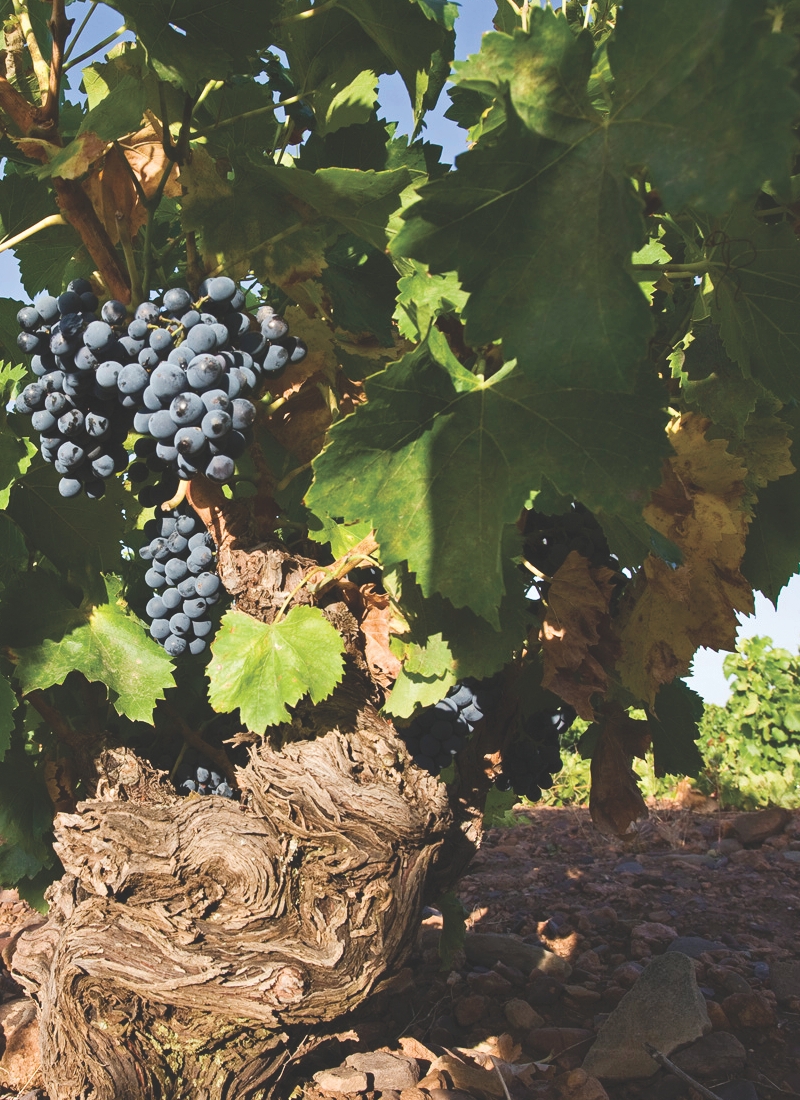
Old vines of Garnacha located at higher altitudes in the Campo de Borja region produce lower yields, but exceptional quality grapes. They are used mainly to craft wines for Bodegas Alto Moncayo.
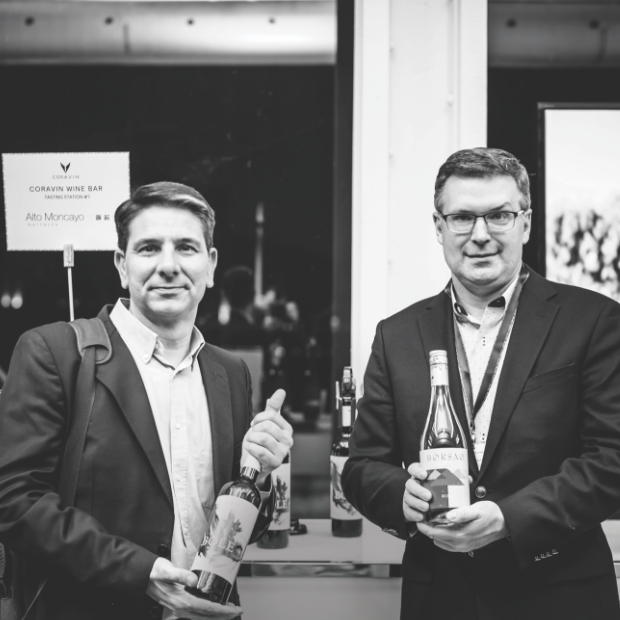
Inigo Alberto and Keith Ross
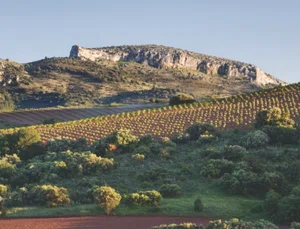
There are four factors that make Campo de Borja appellation wines so unique: the soils, the age of the vines, the winds in the region and the agricultural sustainability. It is a harsh terrain, with very little rainfall and very windy conditions.
Alberto says that another important quality factor is the age of the vines, which produce good quality grapes when they are 35 years old or more. Constantly pruned back, the Garnacha vines basically regulate their own nutritional needs, with a large trunk and a deep root system to act as a reservoir during lean years, when precipitation is low. “It is a finicky grape that thrives with the terroir, the wind and the elevation unique to Campo de Borja.”
A little help from their friends
If the climate and the terroir influence the grapes, the wineries help maximize what Mother Nature delivers. Field engineers at Borsao monitor each vineyard throughout the seasons with special attention during the fall to determine the perfect moment for harvesting to begin. Within an hour of that determination, a large crew, made up mostly of members of the growers’ co-op, swarms into action to pick the grapes while they are still at their peak.
After the grapes are transported to the winery, the winemakers begin the challenging task of preparing their special blends. The harvest from each parcel is stored in more than 200 individual tanks. Each one is tested and classified to determine how to prepare the best possible blend for that particular vintage. This is the opposite of single-vineyard wines, and it allows winemakers the freedom to create very differing vintages, enabling them to ensure quality from one year to the next.
If Borsao concentrates on making fresh, fruity Garnachas that are a great value, the goal at the Alto Moncayo winery is to showcase Garnacha at its very best. “Production is limited to old vineyards, some of them 100 years old,” explains Keith Ross.
In the case of Veraton, it comes from vines between 40 and 50 years old and is aged in new and second-year French and American oak for 16 months. Alto Moncayo wine is another single-grape variety, coming from 45- to 70-year-old vines and aged in new French oak for 20 months. Finally, the flagship wine, Aquilón, ranks among the top one percent of the world’s best wines. The grapes come from the oldest vineyards (60- to 100-year-old vines) at the highest elevation of Campo de Borja.
Full-bodied, food-friendly wines
Keith Ross believes wine professionals will find that Garnachas from the Campo de Borja appellation are bursting with flavour, full-bodied and perfect with food. “At first taste, they deliver red fruit, then blue fruit mid-palate and, finally, black fruit on the finish. And that goes with food like nobody’s business.” This explains why the region is known as the “Empire of Garnacha.” People here have been growing this sturdy varietal for centuries. The specificity of the region gives wines a unique personality that is especially food-friendly.





